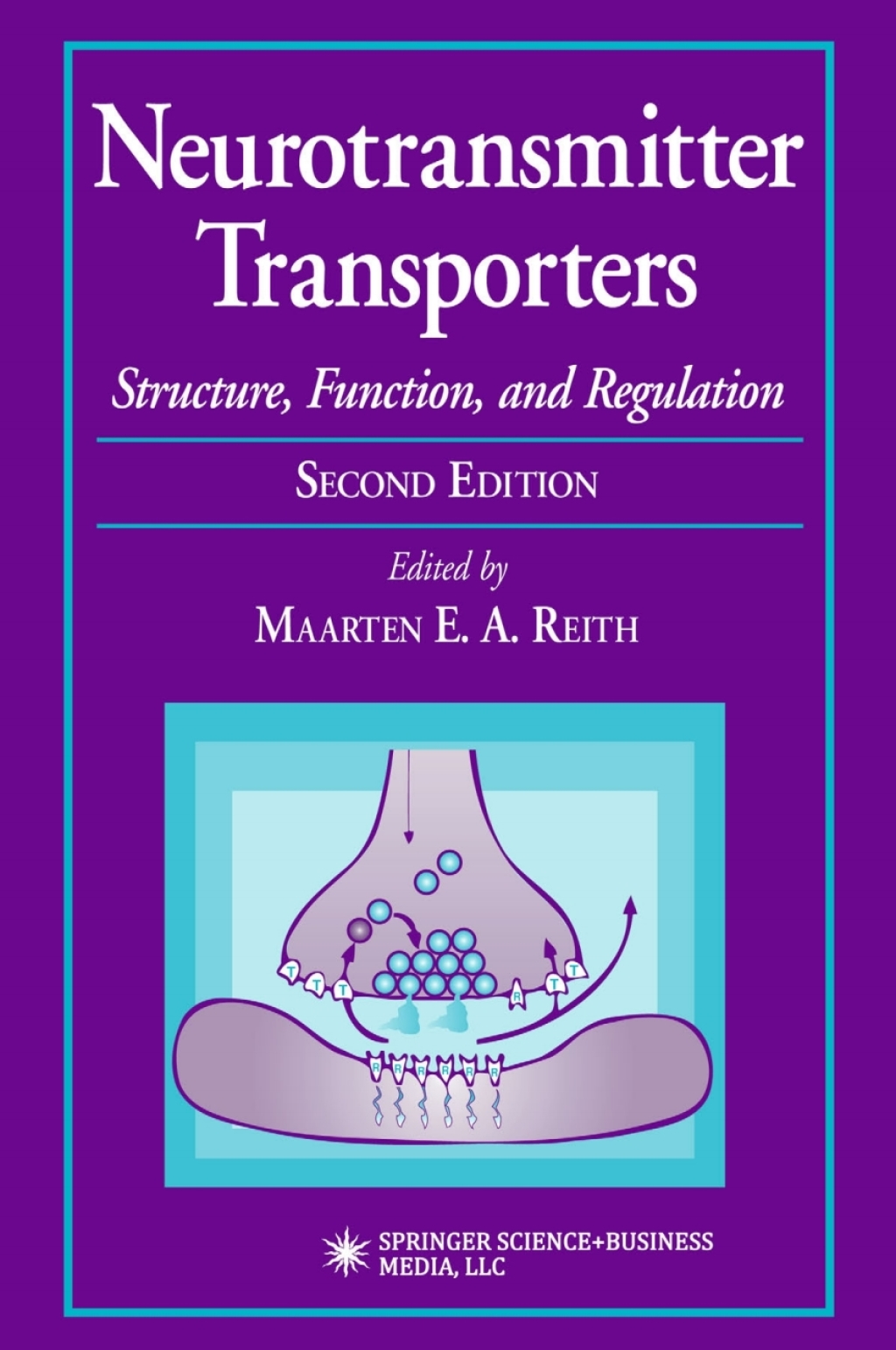Description
Neurotransmission is a multicomponent process. Transmitters, released by neuronal activity, act on pre- and postsynaptic receptors, and many books detail advances in the receptor field. In addition, after their release from nerve endings, transmitters are removed from the neuronal vicinity by uptake into neuronal or glial cells by specific tra- porter proteins that have been studied intensely over the last 30 years; this information is scattered throughout numerous publishing vehicles. Therefore, the primary aim of this second edition of N- rotransmitter Transporters: Structure, Function, and Regulation is to offer a comprehensive picture of the characterization of neurotransmitter transporters and their biological roles. The transporter field has moved forward in stages. In the first phase, progress came from the use of substrate or blocker ligands selectively targeting transporters, the application of model systems allowing the study of transmitter tra- port shielded from storage, and the development of mathematical models for describing transport phenomena. In the second phase, roughly covering the last decade, advances in DNA techniques allowed the cloning of numerous genes coding for different transporter proteins. In the current, third stage, a wealth of information is being accumulated in studies relating transporter structure with function, experiments addressing regulation by posttranslational transfor- tion, investigations into transport modulation by trafficking processes and genomic influences, characterization of channel properties of tra- porters by electrophysiological approaches, and the creation of transgenic animals under- or overexpressing a given transporter protein.






